Why Your Refrigerator Isn’t Cooling – And How to Fix It
- May 6, 2025
- 0
Why Your Fridge Isn’t Cooling – and How to Fix It A refrigerator is a must-have kitchen appliance that gets rid of unwanted bacteria and keeps food safe
Why Your Fridge Isn’t Cooling – and How to Fix It A refrigerator is a must-have kitchen appliance that gets rid of unwanted bacteria and keeps food safe
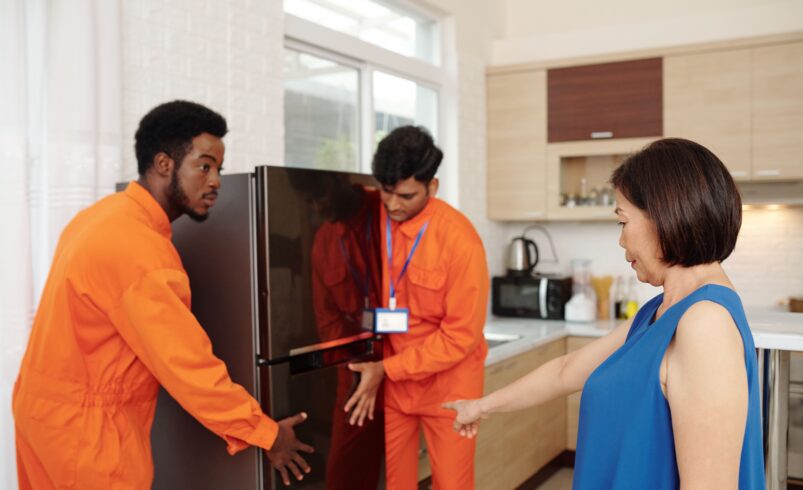
A refrigerator is a must-have kitchen appliance that gets rid of unwanted bacteria and keeps food safe and fresh. A broken fridge isn’t only a major inconvenience; it’s also a potential health risk and financial stressor. Thinking about food that’s spoiled, ice cream that’s melted, and exploding energy bills can send you into a tailspin.
Before you start Googling appliance repair services or evaluate your options for a new fridge, there’s something you should know: Lots of cooling issues in refrigerators can be resolved with a few simple checks and adjustments.
At Testergate, we strive to provide easy to read troubleshooting guides prepared by our experts with professional knowledge. This article will provide the 10 most commonly encountered reasons your fridge might not be cooling, possible solutions with simple step-by-step instructions of things you can do today – most of which won’t require any tools or technical expertise.
Let’s get that fridge back to running like a champ.
One of the first things to check when your refrigerator is not cooling properly is the temperature setting. Your refrigerator may have a manual dial, if it is an older model, and it could have been bumped or accidentally turned. Many newer refrigerators have digital temperature controls.
What to do:
Set your freezer temperature to 0°F (-18°C) and your refrigerator temperature to between 37–40°F (3–4°C). If the settings were incorrect, reset the freezer and refrigerator temperatures and then check a couple of hours later to see if the refrigerator is cooling.
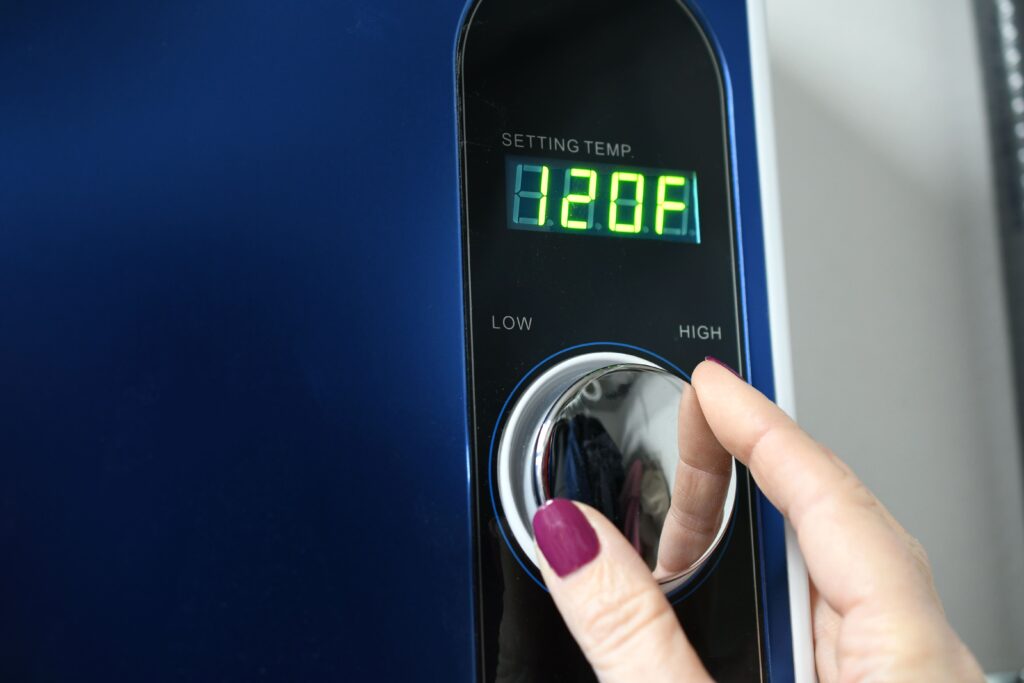
If your refrigerator does not turn on, or is shutting off and coming back on again, the problem could be an electrical part rather than a mechanical part.
Fix:
Check that the plug is in the socket and the socket is working or not shot.
You can do this by trying another electric appliance in the socket.
Check the circuit breaker panel for bad switches and reset it.
You may want to use a surge protector and keep an eye on high-voltage or surges in your house, because they can affect the refrigerator.
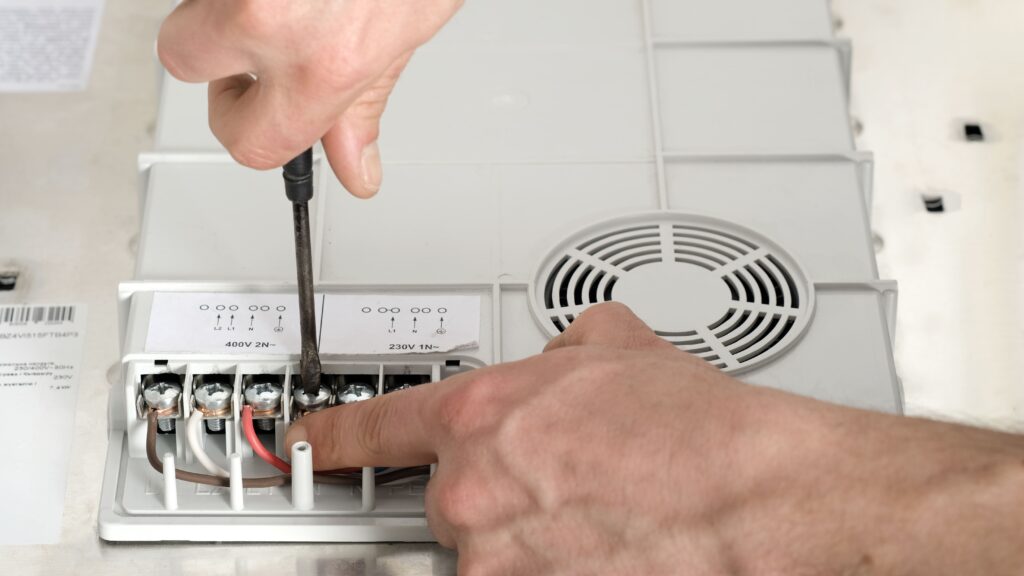
The condenser coils, located on the back or bottom of the refrigerator release heat. Therefore, if the lines become dirty or blocked, the cooling will become inefficient and the refrigerator will overheat.
Fix:
Make sure the refrigerator is unplugged and use a coil brush (or a vacuum) to clean the coils.
Cleaning the coils regularly every 6–12 months will ensure your refrigerator will operate properly.
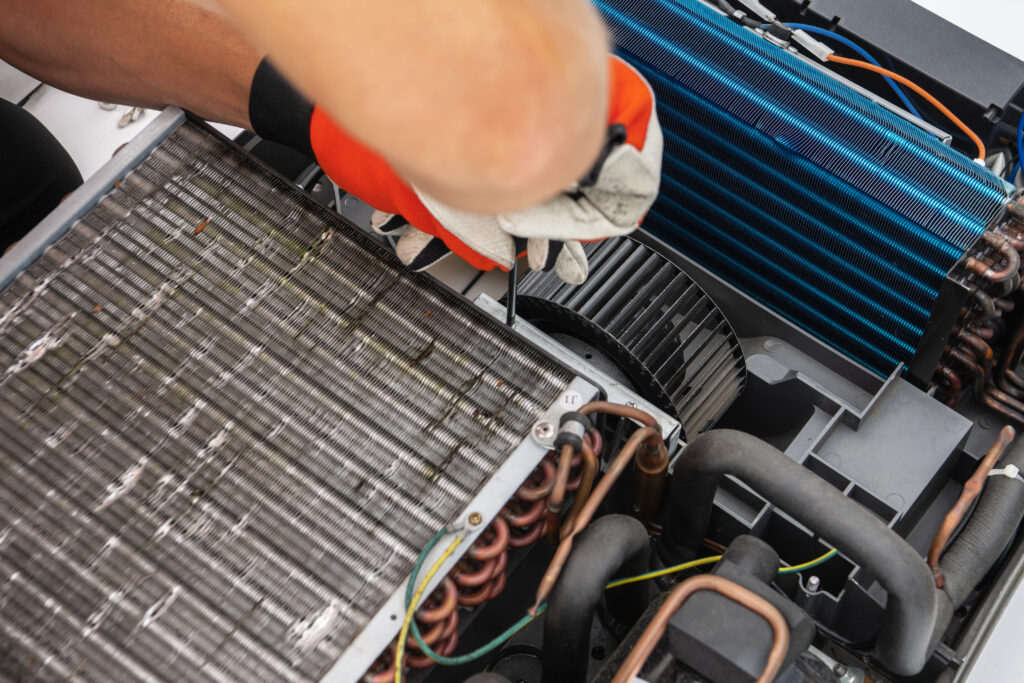
An available airflow must exist between the vents and spaces of a fridge or even freezer for its temperature consistency. Overloading the fridge or freezer can block vents and airflow.
Solution
Identify and clear the available air vents for your fridge and freezer (typically located in the rear and often on the sides of the compartment).
Ensure food items are not directly pushing against the side walls of the compartment.
Avoid overcrowding the fridge as this can prevent cold air from circulating properly.
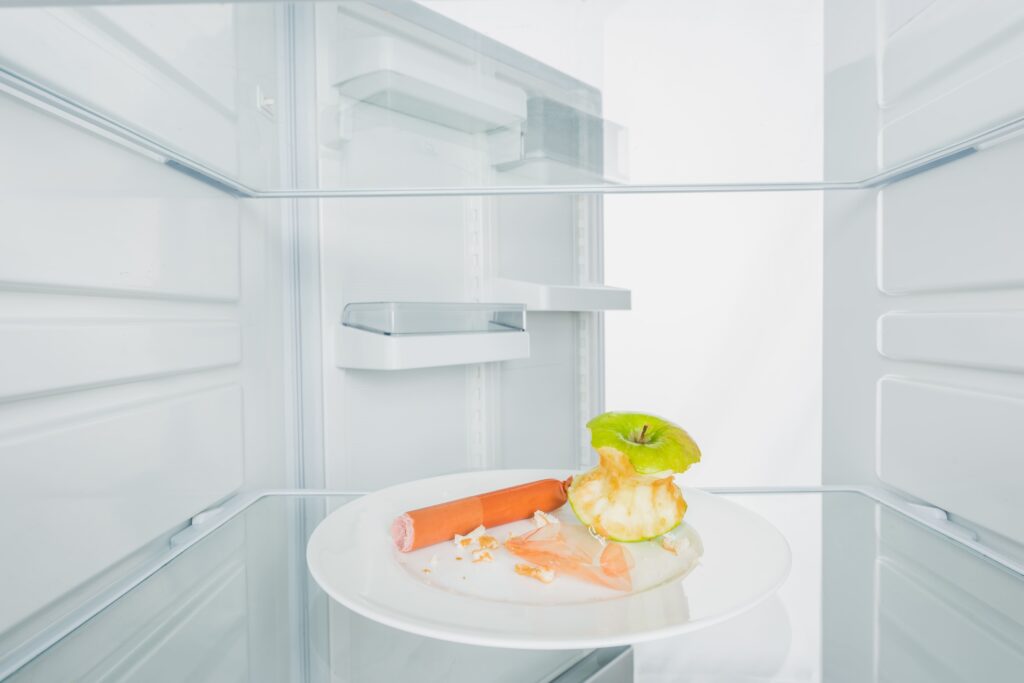
If there is ice on your freezer floor, your evaporator coils may have frozen up prohibiting airflow to the fridge compartment.
Solution
Unplug the fridge and leave the front doors (freezer & fridge) open, this will allow your evaporator coils to manually defrost.
If you are eager to recoup time, the defrost process can be expedited with warm water or using a hair dryer (exercise caution).
If this has become a recurrent issue, you may need to replace your fridge defrost timer, heater, or thermostat.
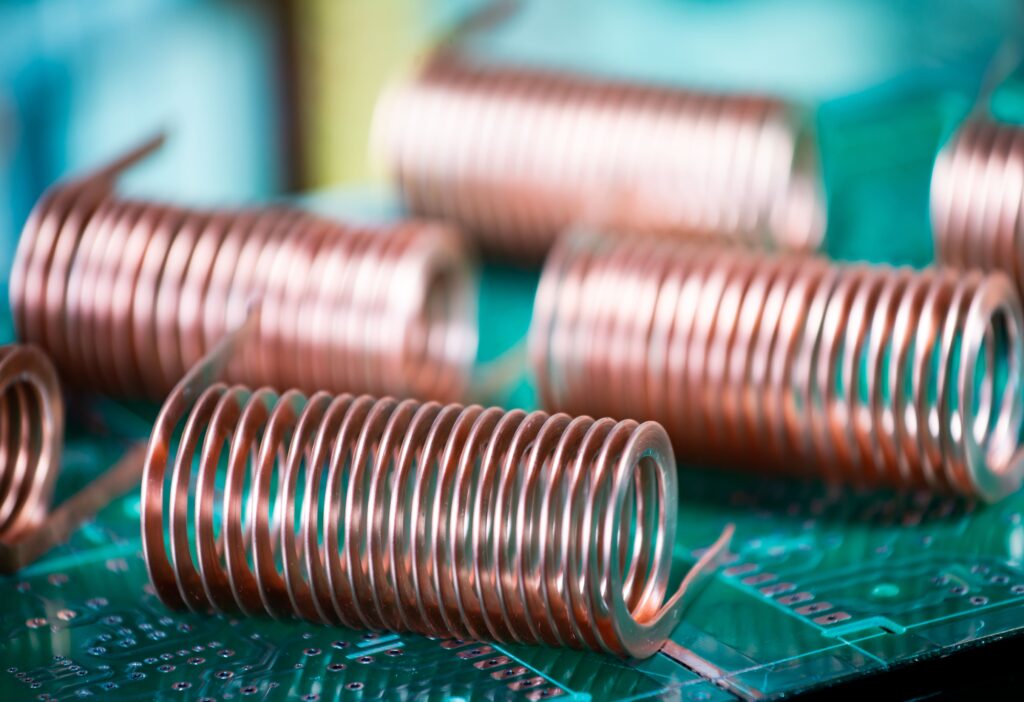
The evaporator fan circulates cold air around your fridge. If the fan falters, an uneven temperature or no cooling may occur.
Solution
Listen for the fan while the doors are closed as you may need to press the door switch manually.
If you notice the fan is noisy or even silent, test the fan where applicable.
If the fan is broken or noisy, you will want to get it located and replaced. This may require pulling the rear panel of the freezer.
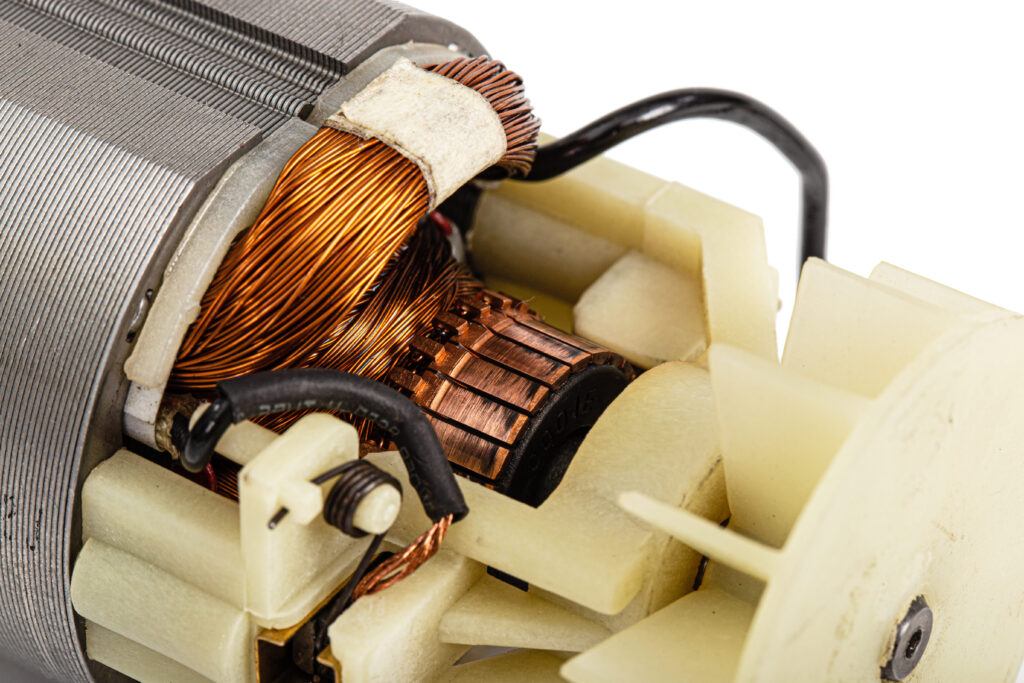
Poorly sealed doors allow cold air to leak out, which causes the compressor to run longer (maybe even continuously) for no reason!
Fix:
Browse the door seals for cracks, tears, or bunching.
Close a piece of paper in the door and try to pull it out. If it slips out easily, the seal is worn.
Replace seals that are damaged or clean them with warm, soapy water to allow them to flex again.
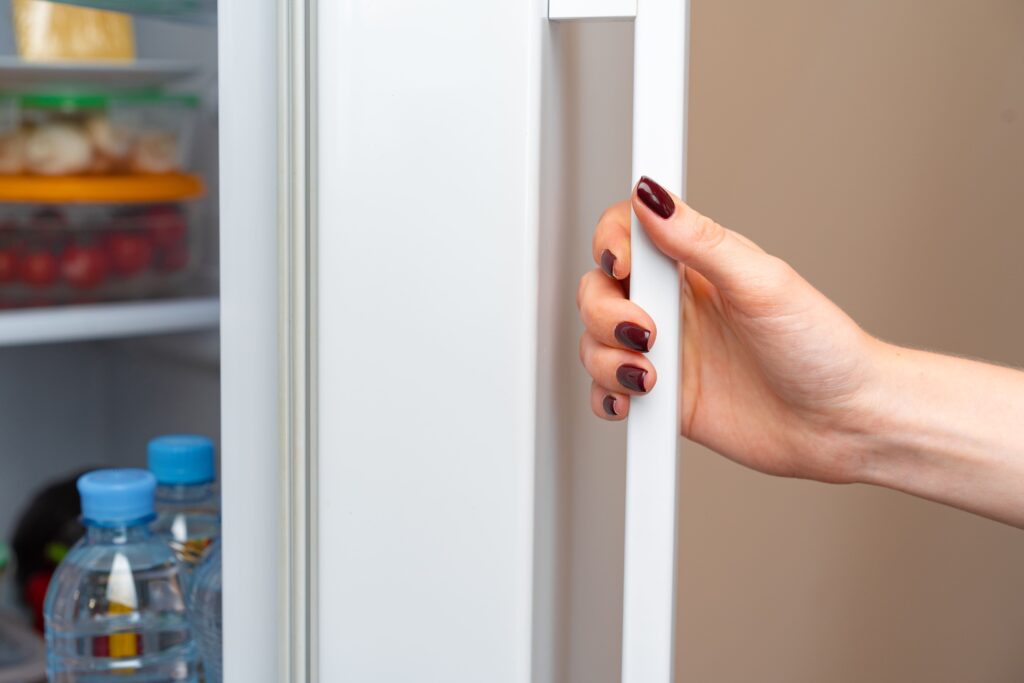
In short, the compressor is the heart of your refrigerator’s cooling process and if it fails, the cooling process will stop!
Fix:
Listen carefully for a humming or repeating clicking noise coming from the back of the unit.
If the clicking is persistent, you may have an issue with the start relay or the overload protector.
Refrigerator compressor replacements are expensive and technical, so you want to make sure you hire the qualified technician to replace it for you!

The thermistor’s purpose was to verify internal temperature and send information to the control board. If effective, it can cause the cooling cycle to not work.
Fix:
If you have a multimeter, use it to verify the thermistor is within resistance specifications and is changing due to temperature.
If the thermistor is broken, replace it…
If the thermistor is confirmed testing broken and not sending the request to create a cold space for food item store methods.
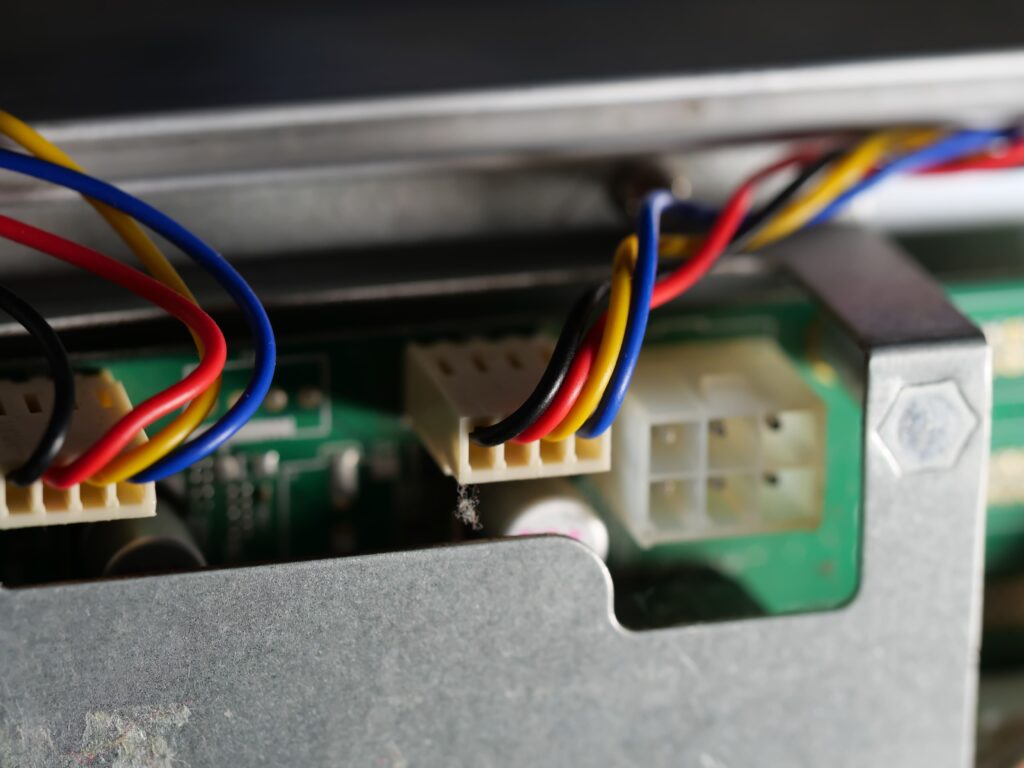
Refrigerators run on a closed system using refrigerant. A leak can drop the pressure inside the system and completely stop the cooling cycle.
Remedies:
Watch for hissing sounds, oily build-up around the coils, or ice build-up.
This is a serious issue that requires the expertise of a certified refrigeration repair technician. This is not a DIY issue.
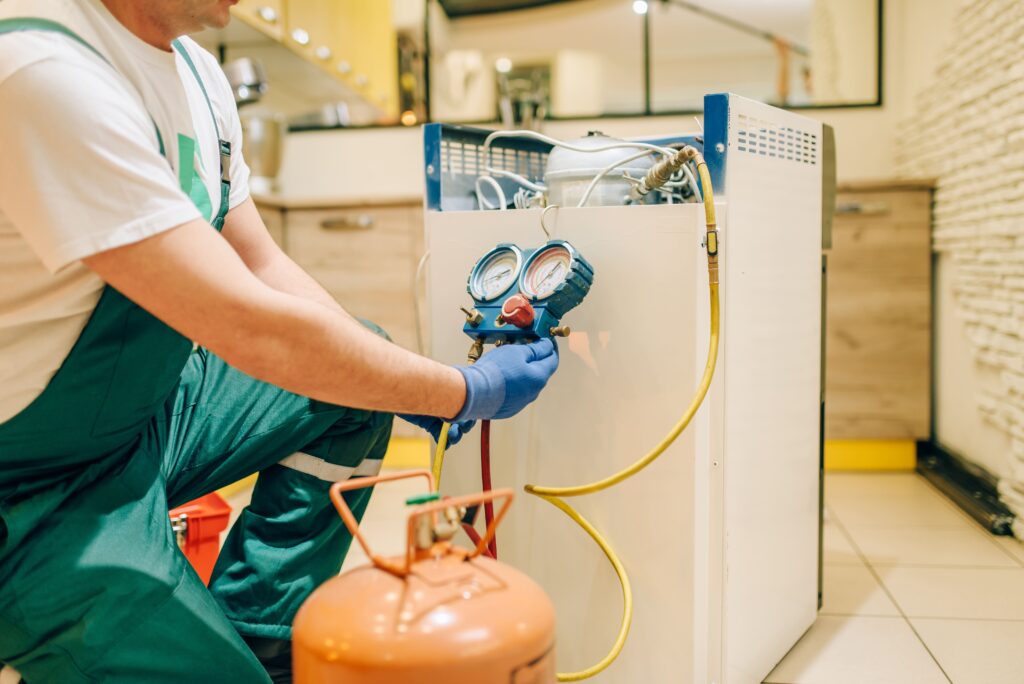
If none of these remedies fix the issue, or if you are experiencing compressor failure, sealed system damage, or refrigerant leak, it’s time to seek the advice of a qualified appliance repair technician. You will likely create more damage (to the appliance and your warranty) by completing this type of complicated repairs without proper training.
Our troubleshooting checklist is based on information we gleaned from:
Appliance technician repair manuals
Manufacturer maintenance guidelines (Whirlpool, Samsung, GE, etc.)
Testing refrigerators (both newer and older models) hands-on
Historically verified consumer forums/support
A refrigerator may take 4–6 hours to begin stabilizing temperatures and up to 24 hours to reach consistent cooling.
Many minor issues—like blocked vents or dirty coils—are DIY-friendly. But complex problems like compressor failure or refrigerant leaks should be handled by professionals.
If your fridge is older than 10–12 years and repairs cost more than 50% of a new unit’s price, replacement is usually the smarter option.

